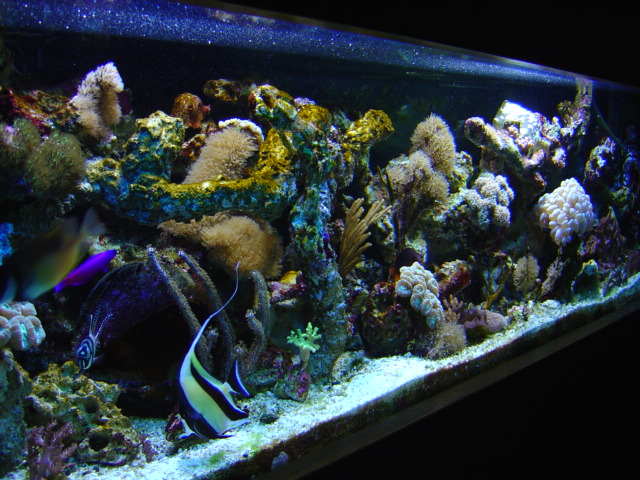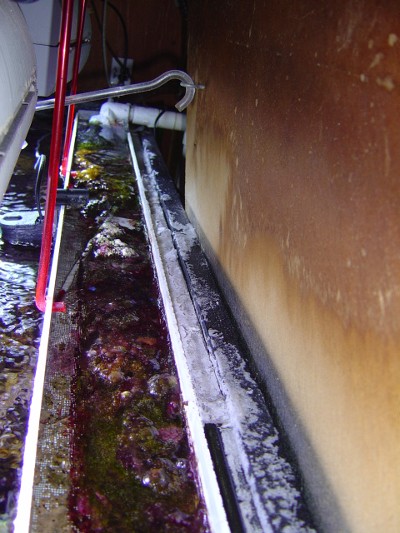I really enjoy your questions. Never accept what others say as gosple. One of the things to consider with this type of filter is the accumulation of organic matter. I don't know if your setting up a reef tank, FO or mixed, but what we all try to do in one way or another is remove organic matter from the tank. There are legions of thought on what is the best way to do this. This is paramount in your endevor in this hobby as organics trapped in the tank is often the death of these most beautiful creatures whether fish, coral or whatever. Many of us who have been in the hobby for many years started out with UGFs becuase at the time they were what seemed to work. This was fine for fish such as clowns, damsels, etc. Today we have such a huge assortment available to us it is increadable. Unfortunately many of these creatures will not live in less than near perfect conditions. I can't begin to tell you how many fish, corals I've lost becuase I didn't spend the $$$ to buy the right equipment. It would definitely help to know what type of tank your looking to set up, FO, reef, etc. The other issue to consider is what works for one may not work for another. You could have a reef tank with this type of filter and have more success than most who use the most expensive filters money can buy. I can only speak for myself and the other hobbyists I know in stating that a UGF could be a problem for you. If you are looking to save some money to be able to set up your tank there are a lot of other options available to you that would not be cost prohibitive. On my FO tank which is also a 155gl bow I spent less than a 100.00 bucks to set up my filter system. If however your heart is set on using an UGF then by all means do so, you may very well have great luck with it. To offer any further help, what has worked for me or for any other member we really need to know what type of tank you are looking to set up. If you are looking to go low tech with your filtration system let me know. Everything you would need to build a wet/dry filter that would cost hundreds of dollars can be bought at a Home Deport or a Lowes. I did it and saved a ton of dollars.
Scott
Scott



